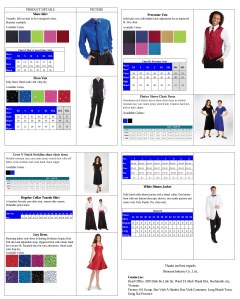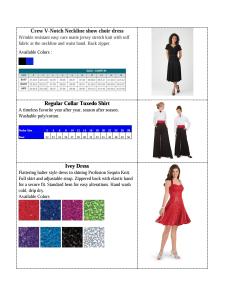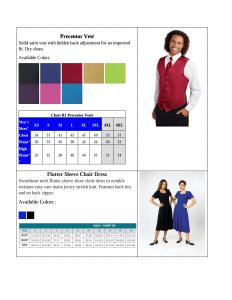1. What is a Non-woven bag?
Non-woven bags are bags made from non-woven polypropylene (PP) fabric. This fabric is made with spun and bond polypropylene fiber, which is soft, smooth and air-permeable. In a spun laid non-woven material the fibers are directly taken onto a moving web which arranges them randomly. The unprocessed web looks somewhat similar to cotton. The fibers on this web are then bound together thermally or mechanically. This material makes non-woven bags durable, attractive, breathable, reusable, water resistant, hypoallergenic, fire resistant, soft, light, and sometimes washable. The material for these bags is strong enough to last up to 5 years. An additional benefit of these bags is that they are easily printed with a company logo and advertisement; non-woven bags are a great tool in corporate branding and are attractive as gifts. Shoppers gain a beautiful bag which they will reuse while the company get the promotional boost whenever the bag is used.
2. Why are non-woven bags good for businesses?
Easily printed with company logo and advertisements.
Inexpensive
Reused by customers for continued advertising years down the road
Much more durable than plastic bags
Easily cleaned
Attractive to customers
Thermal bags will keep items warm or cool
Shows concern for the environment
About us:
SHINESUN INSDUSTRY
Head Office: 20/9 Dinh Bo Linh Str, Ward 24, Binh Thanh Dist, Hochiminh
city, Vietnam
Factory: 6A Group, Bao Vinh A Hamlet, Bao Vinh Commune, Long Khanh
Town, Dong Nai Province
Phone: (+84) - 835015089
Email: info@shinesun.com.vn
Website: http://www.shinesun.com.vn












